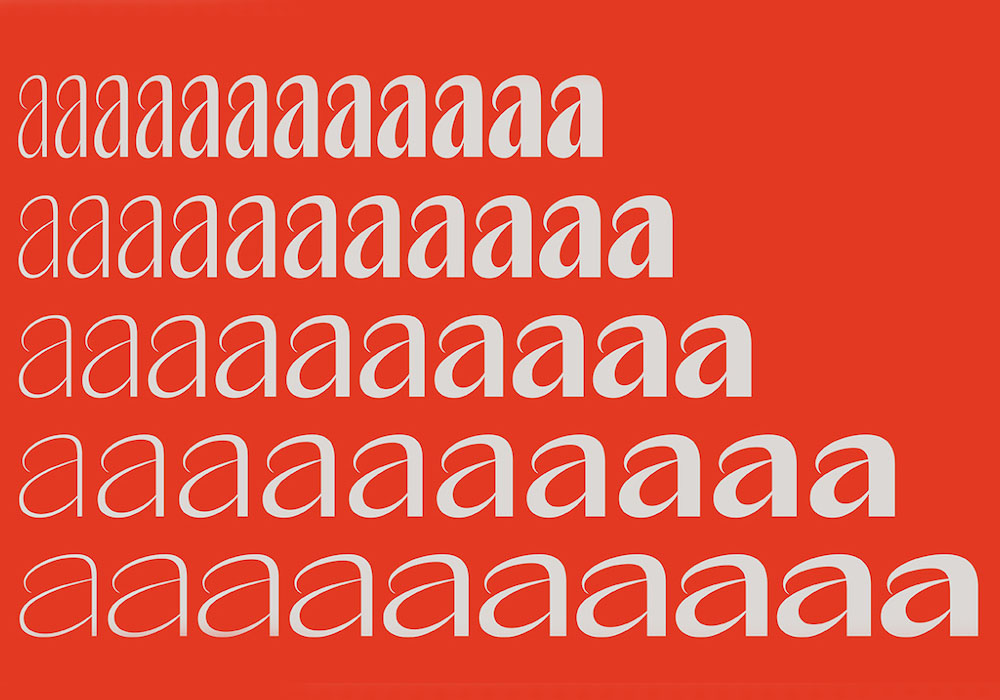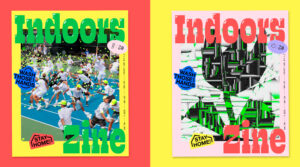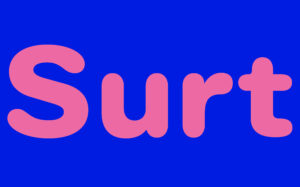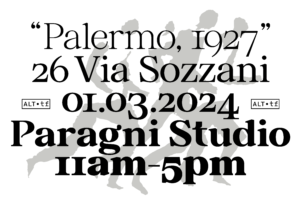Operating through a set of axes that allow users to fluidly and dynamically slide between weights, variable fonts have been around for longer than you might expect. Developed in their earliest form between Apple and Adobe in the 1990s, variable fonts as we know them now have existed since 2016, offering optimised usage for a wide range of projects, wrapped up in one compact font file (OTVF) (It’s Nice That, 2020). However, despite being on the market for a number of years, the design world has been relatively slow in taking them up—the question is, why? It seems that many are still slightly unsure about what variable font technology can actually offer, as well as how it fits in with the ever-digitising future of typographic design. So we’re here to break it down.
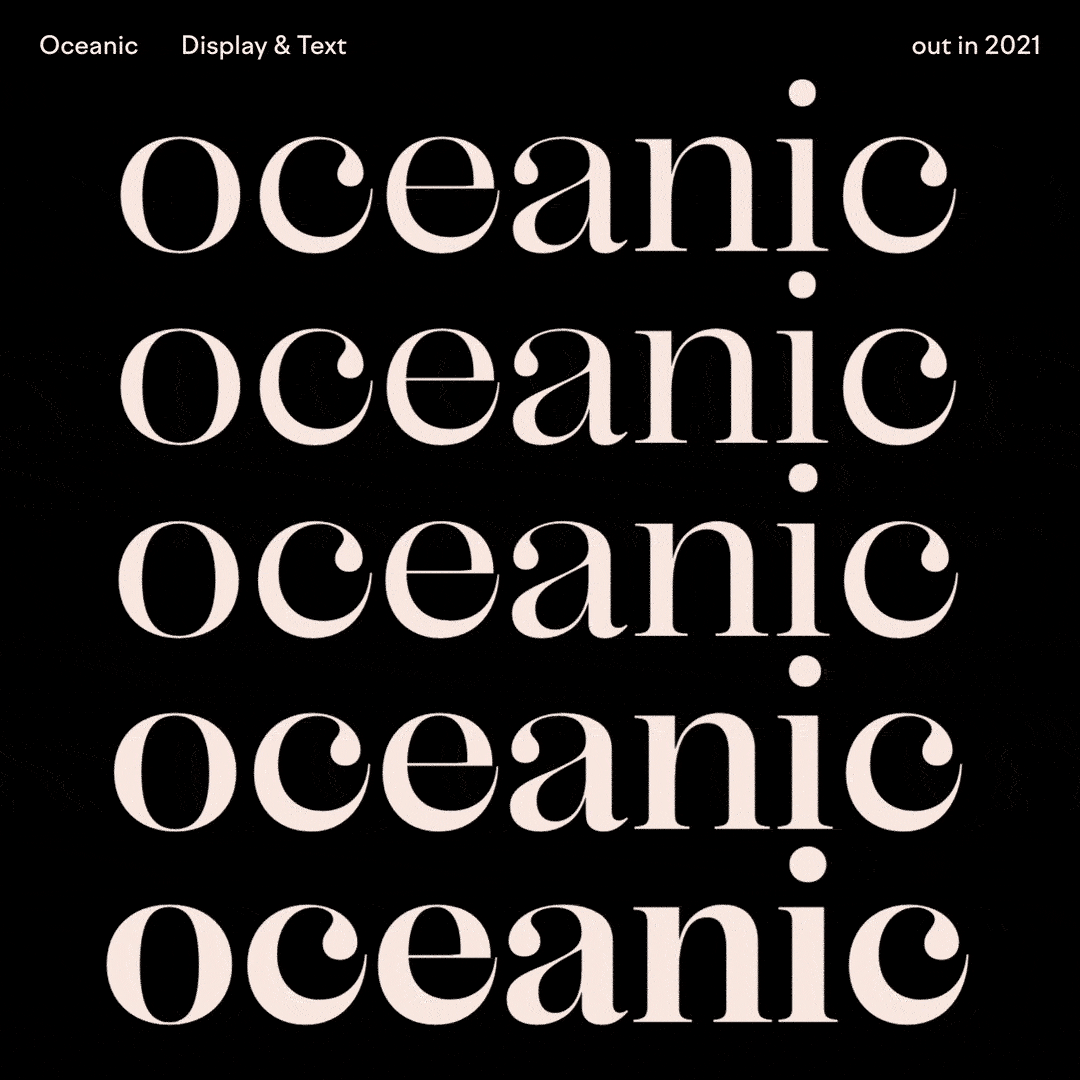
As Type Designer, Graphic Designer and Writer Aasawari Kulkarni (@aasawari_kulkarni) puts it, “Even though [the technology] has been around for a couple of years, variable fonts are still not very popular amongst users. Their unrealised use and tremendous scope is still being explored, slowly but surely. Given the plethora of range and instance choice this technology offers for typefaces, there is so much that can be done with it—visualising motion design in an easy way, making dynamic identities, and more realised typography for the web to begin with.” Particularly in web design and typography in digital spaces, Paris-based Type Designer and Art Director Ilya Naumoff (@ilyanaumoff) adds that variable fonts could form a gateway to richer typographic rendering—and generally broader design options—but the fact there are “still some technical issues with variable fonts and their rendering” could account for their slow uptake between Graphic Designers. With so much potential to expand options for users, as well as the greater agency they can offer type designers in terms of how their fonts will be used and rendered, it seems—at least right now—that the exploration of variable fonts is still in its early days.
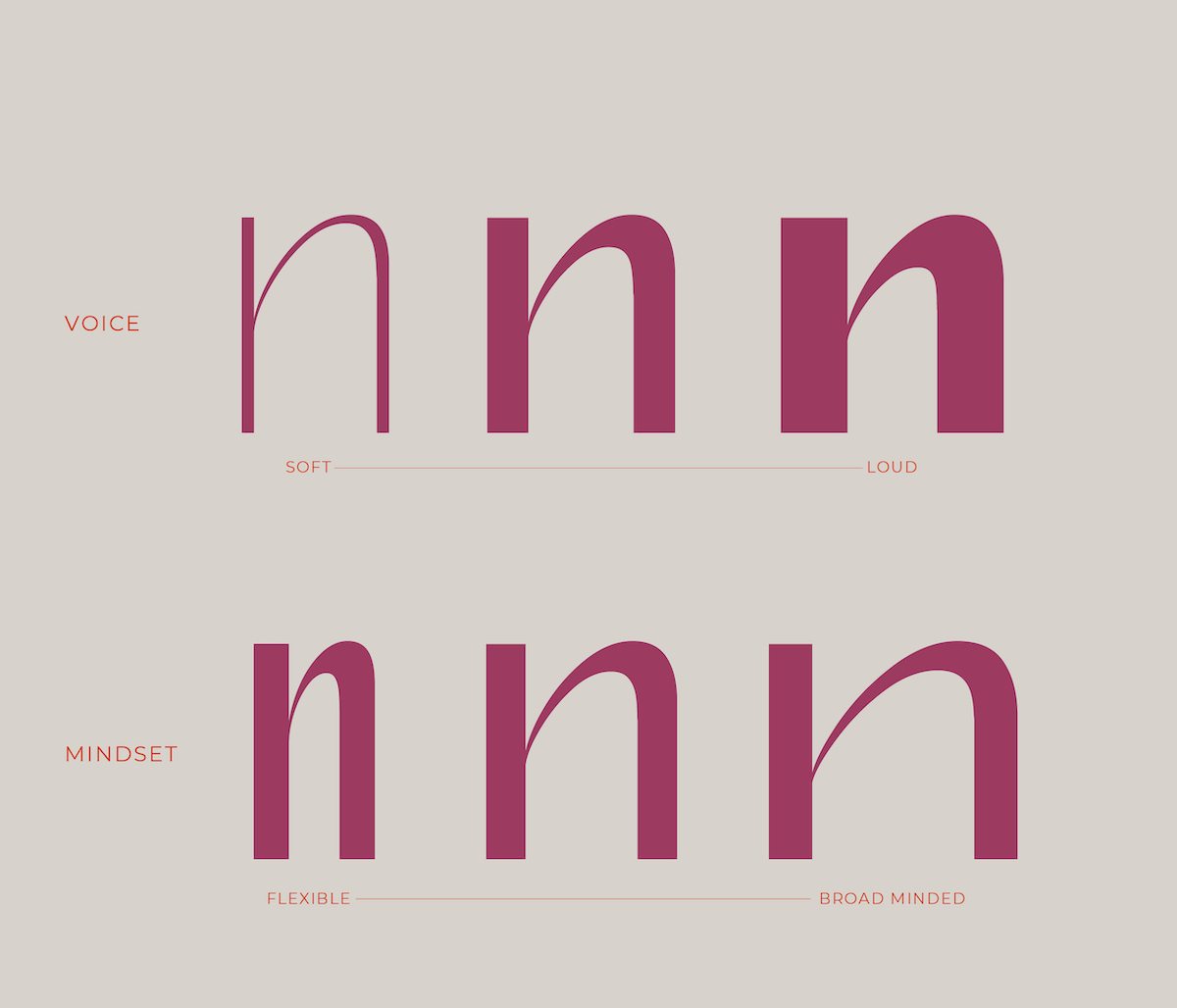
So what is variable font technology, and why do our type designers believe it holds so much untapped potential?
Put simply, variable font technology draws together the multiple weights and styles of a typeface into one font file, as opposed to the multiple separate files you’d be able to access from static fonts within a typeface (regular, bold, etc.). As Aasawari expands, this offers users “a) a reduced file size for users, b) availability of all the font styles in a single hassle free file, and c) access to a range of instances of a style as opposed to just the extreme styles—for example, instead of having the options of a light, regular, and a bold weight, users can now choose something between a light and a regular, or regular and a bold.” This flexibility, according to Ilya, also offers “a broader range of possibilities for font usage, less volume, faster loading speeds, and in some cases, more accessible prices,” meaning understanding the options variable fonts can offer could open up better opportunities for high quality typographic design to all.
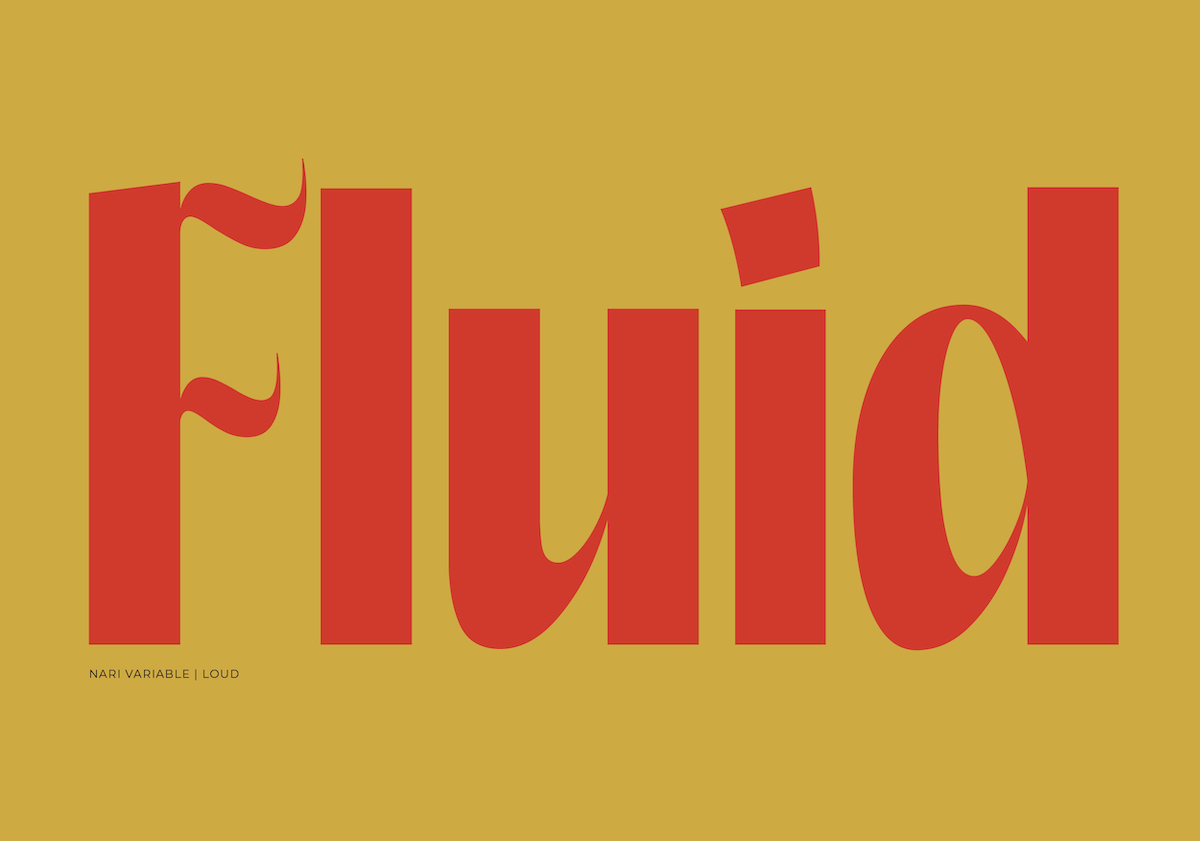
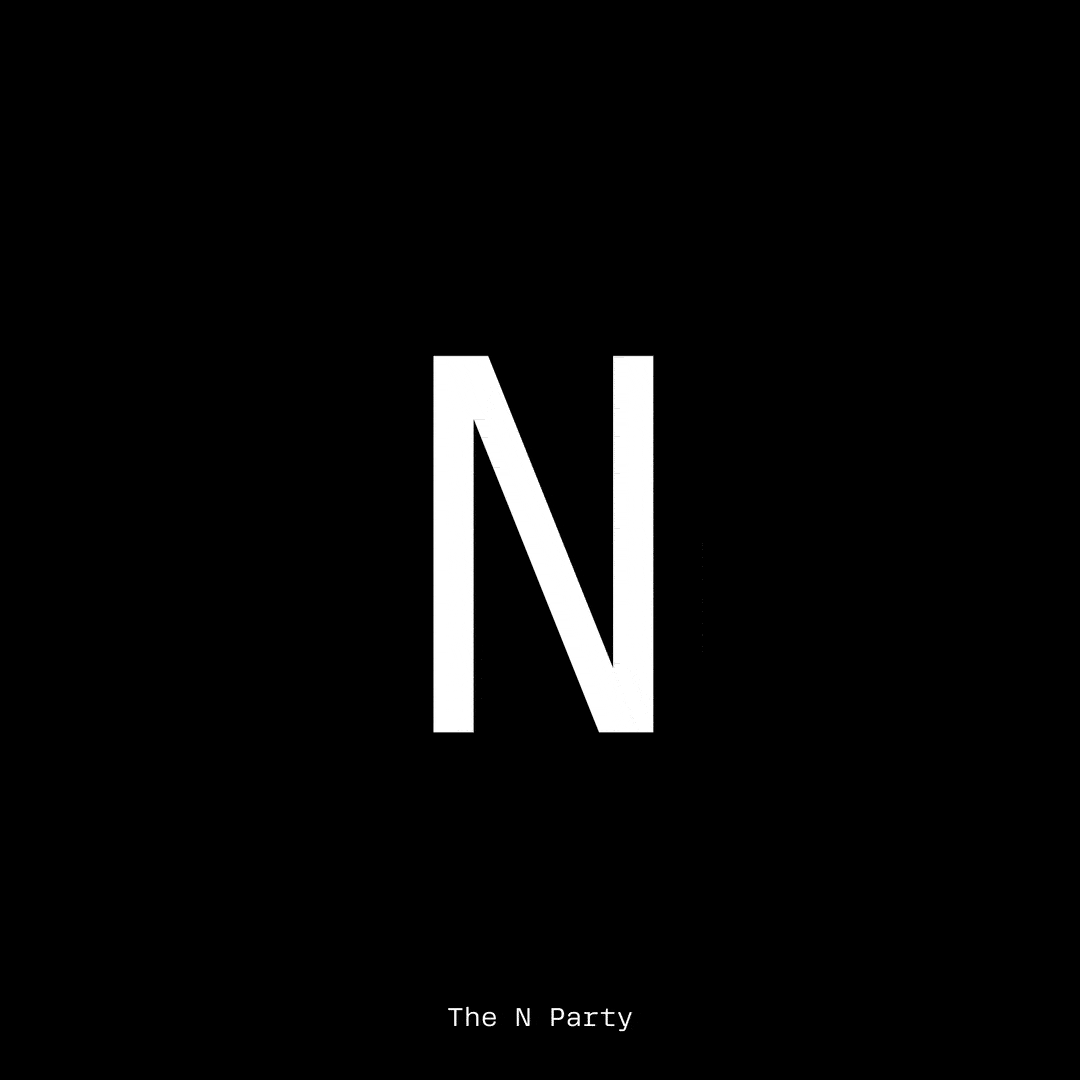
Axes & future design tools: what’s in store?
From a type designer’s perspective, Aasawari believes there is a lot to be uncovered in terms of axes and features. Variable fonts operate on five registered axes in order to achieve their flexibility: weight, width, optical size, slant and italics. “Each axis has two extreme ends, and various instances ranging in between,” she says, adding that “Instances can sometimes be defined by the designer, other times picked by the user.” Maximising fluidity through axes in this way offers much more flexibly wrapped in a drastically smaller font size; a feature Aasawari notes will no doubt bring many benefits in the future. “Beyond the technology itself, its application can have adaptable, versatile results,” she continues, “I can imagine variable fonts interacting in an AR & VR environment, such that they are more optimised to dimension, instead of having to create a pseudo dimension in fonts. More variable fonts can also be designed keeping in mind the constraints, and needs for an augmented environment, such as layers, size, or dimensions. This can easily have regular complimentary fonts on the far end of the axis, thus increasing the scope of type in platforms other than 2D and digital. I can also see variable fonts being effectively used in design for interaction, and projection mapping.”
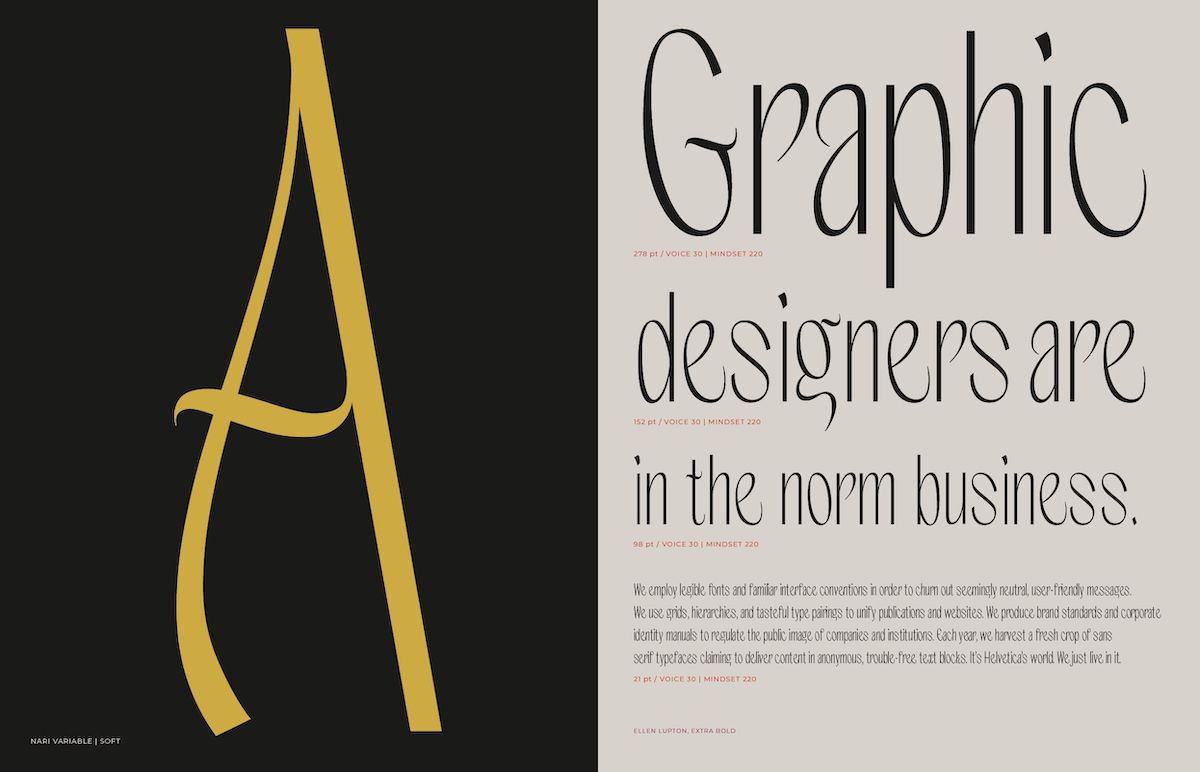
Blurring boundaries: experimenting in print and motion
In addition to offering the flexibility to adapt to growing design technologies and mediums, Ilya highlights that variability might allow fonts to perform more highly in experimental scenarios. “I’ve already seen some amazing experiments with GRTSK [Ilya’s mega-family consisting of 126 weights packed into a single variable font], where depending on the viewing angle, the font would change its slant from italics (right) to back slant (left), thus adjusting and compensating for distortion,” he says, adding “as new technologies appear and the designers push the limits of visual expression, variable fonts will be evolving alongside this change. With more and more billboards becoming digital, and VR slowly but surely making its way into our lives, variable fonts will inevitably thrive by offering more possibilities of expression and the ease of use.”
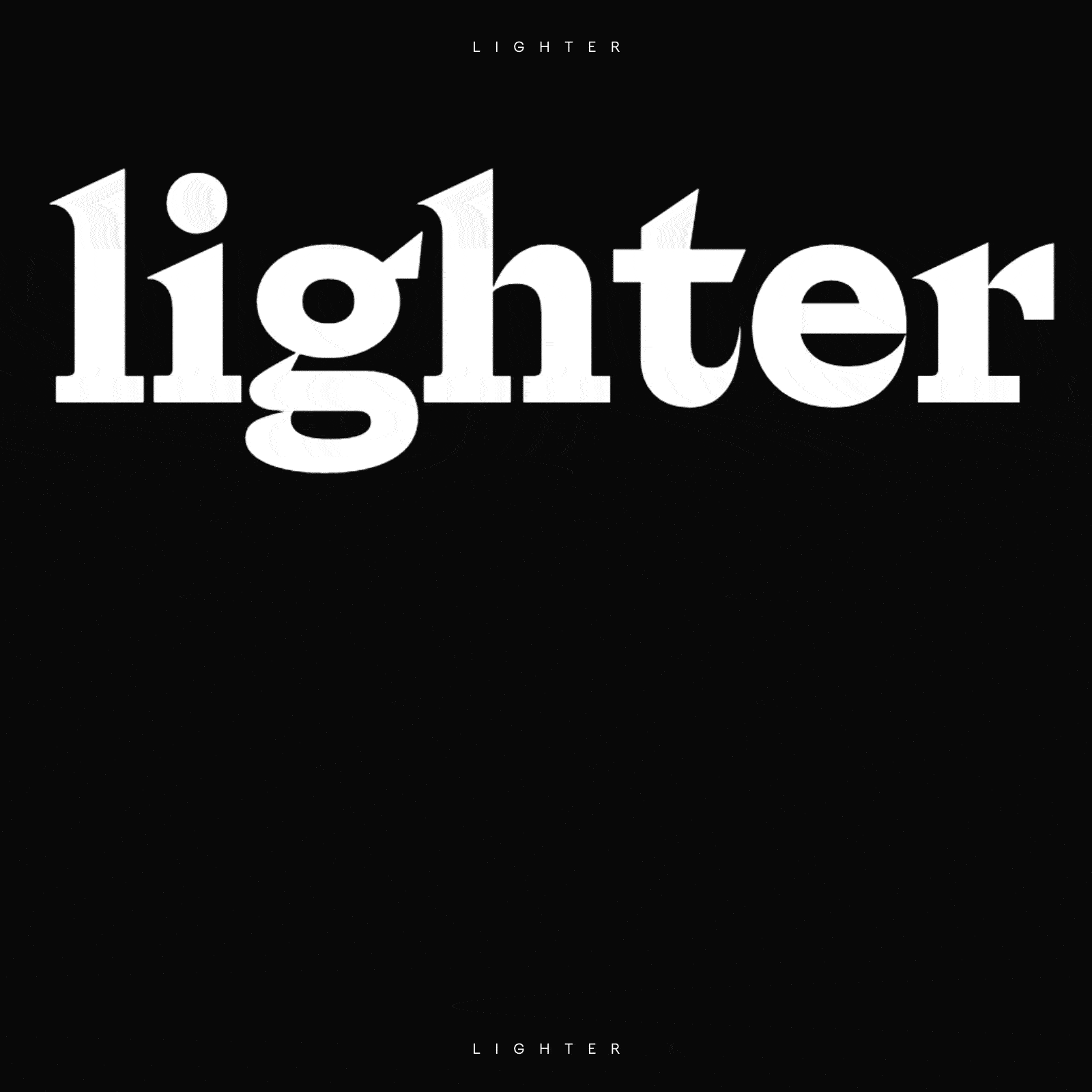
Similarly, Aasawari believes that as more people become familiar with variable fonts—and as others push the technology forward to find even more ways of using it—making “type oriented and type centric work will become not only easier to visualise, but more possible, without having to compromise on type quality.” This will mean the boundaries between designing for print and web will be softer, more fluid, and that with variable fonts on their side, graphic and type designers will be able to explore more ambitious options in the typographic solutions they can offer. “Websites will be more optimal, type in motion will be more natural, systems will be more fluid, flexible, and very importantly adaptable across mediums,” Aasawari continues. “Something designed for print can be translated well into other platforms with added dynamism and a similar fluid feel. Experimental typography can be actually usable and not just an experiment. They can also be helpful for multi script type families, with more axes that focus on needs of specific scripts, making design more accessible and inclusive.”
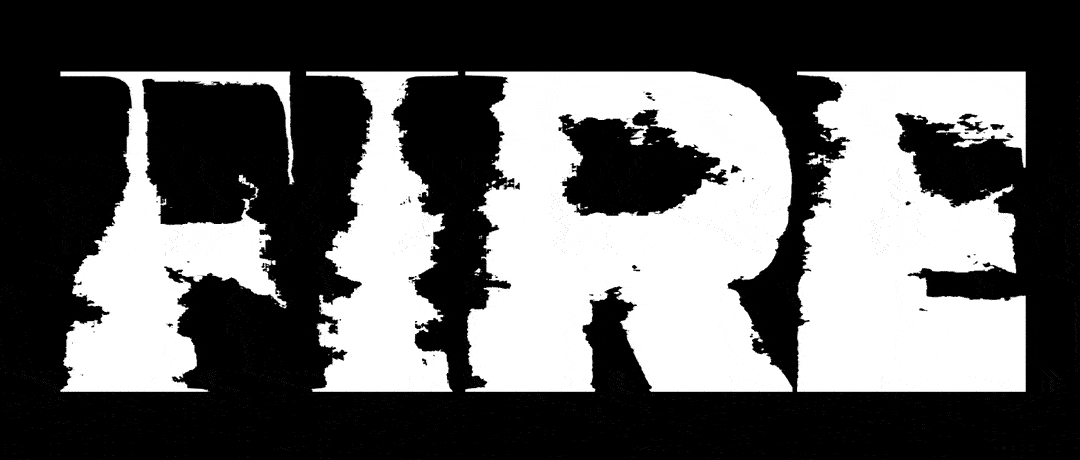
Getting to grips with variability.
Considering the massive benefits variable fonts are set to bring, we wanted to find out what Aasawari and Ilya had to say about getting to grips with variable fonts.
Both Aasawari and Ilya were quick to recommend Nick Sherman’s resource vfonts.com, where viewers are able to find WIP variable fonts with many different axes, other than the standard weight, width, slant axes. Websites like wakamaifondue.com, Aasawari adds, are also great for testing out your own WIP variable fonts, which can be super helpful in terms of development. Interestingly, Aasawari and Ilya note that when it comes to type designers designing variable fonts, there isn’t necessarily a requirement for any specialist knowledge that you wouldn’t already know from designing a static font. “From a design standpoint, there’s not really any difference in designing a variable font vs static really,” says Aasawari. “It’s actually very similar to designing a multi-weight typeface. Things can get tricky when you add more than one axis, but again, not very different from a regular font. Variable fonts are basically just a new name for a font file—the bigger change is I think for the user.” However, as Ilya notes, this is (as always) dependent on the project. “For some projects,” he says, “there are no differences, and for the others it’s much more complex because you have to check every step of interpolation.”
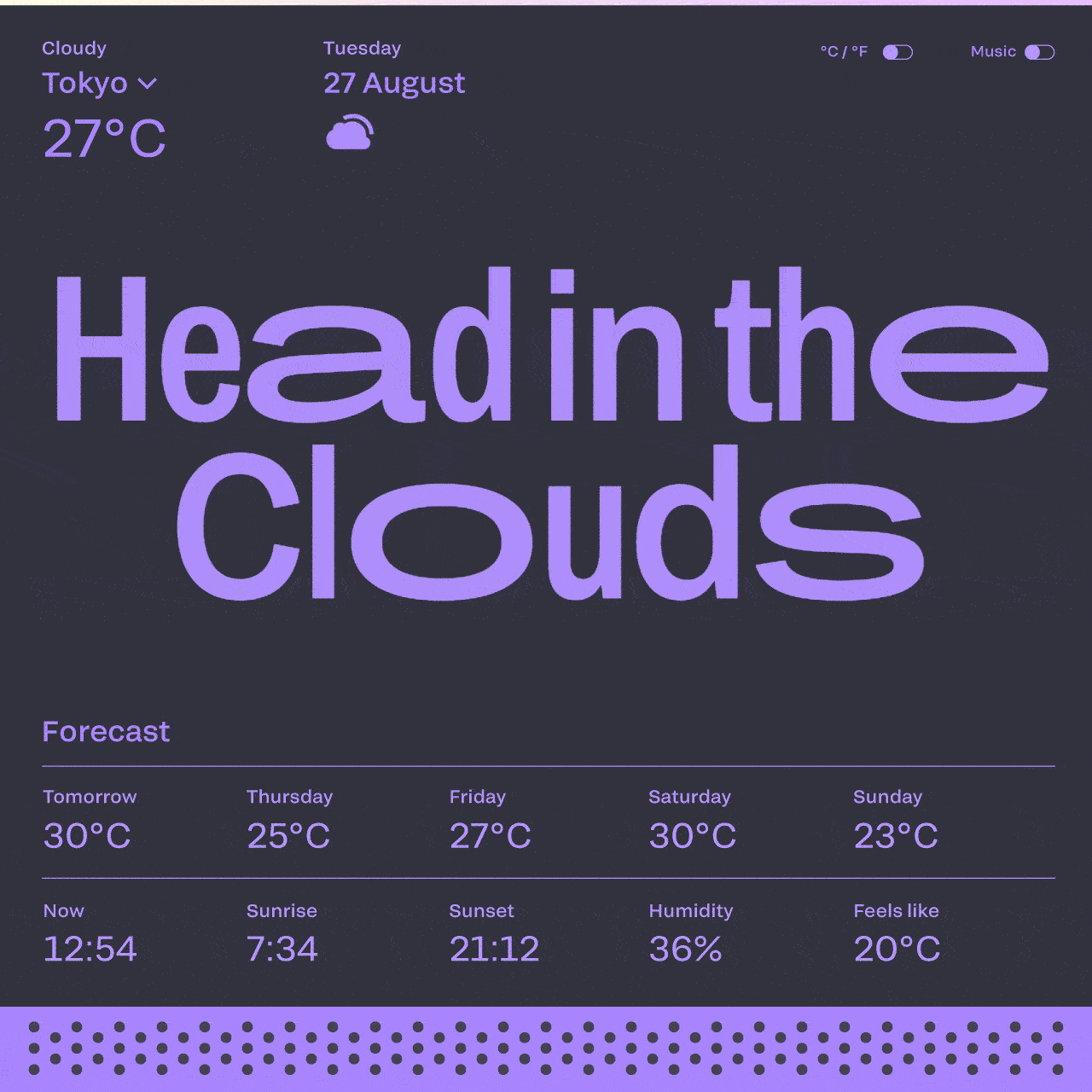
As you might expect, variable fonts bring fluidity and flexibility—but with that also comes expansive design opportunities and wider accessibility. There’s so much yet to explore, so many benefits yet to uncover—and there might be more to variable fonts than many people initially think.
Thank you so much to Aasawari and Ilya for sharing with us today!

